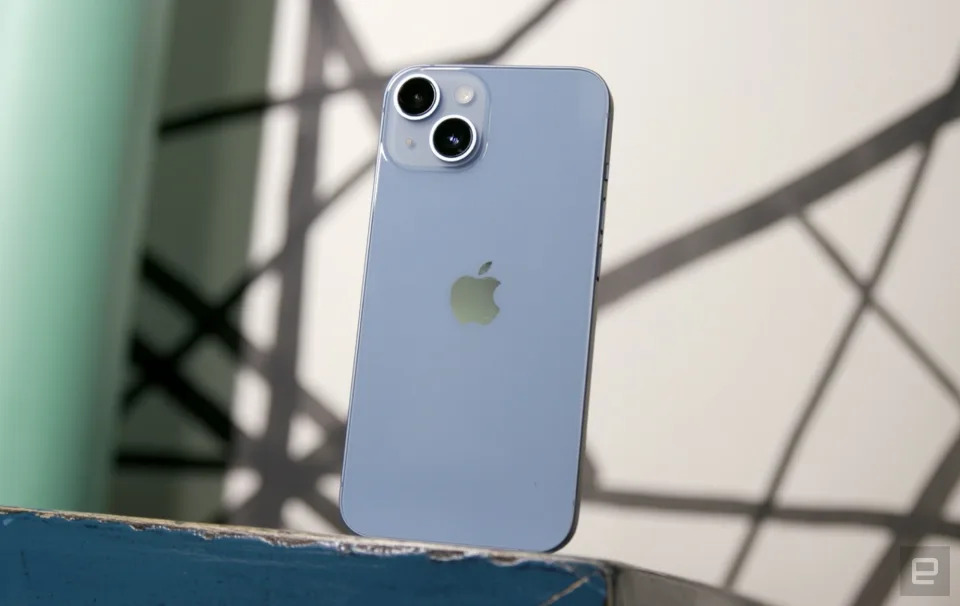Qualcomm has announced that it will continue to provide Apple with 5G smartphone modems through 2026. This is a sign that Apple has not been able to successfully scale up its own 5G modem manufacturing efforts yet, even though it ended its reliance on Intel for modems in 2019.
However, Qualcomm seems to believe that Apple will eventually be able to manufacture its own 5G modems at a large enough scale. The company only expects to supply around 20% of the components Apple will need for its 2026 iPhones.
This latest deal between Qualcomm and Apple has no bearing on a patent license agreement between the two companies that has been in effect since 2019. That pact has a six-year term with the option to extend it by two years.
It has been clear for a while that Apple intends to build its own modems and bring more of the iPhone supply chain in house. It bought Intel’s mobile modem business for $1 billion four years ago, gaining access to useful patents and experienced staff in the process. However, any plans to manufacture its own smartphone modems at scale have not come to pass yet.
The fact that Apple is still relying on Qualcomm for 5G modems suggests that it is facing some challenges in developing and manufacturing its own. This could be due to a number of factors, such as the complexity of 5G technology, the high cost of building modem fabs, or the difficulty of attracting and retaining top talent in the field.
Despite these challenges, Apple is likely to continue working on developing its own 5G modems. This is because having its own modems would give Apple more control over the design and performance of its iPhones. It would also reduce Apple’s dependence on Qualcomm, which is one of its main competitors in the smartphone market.
It remains to be seen when Apple will be able to manufacture its own 5G modems at scale. However, the fact that Qualcomm is only expecting to supply Apple with 20% of the components it needs for its 2026 iPhones suggests that Apple is making progress in this area.




